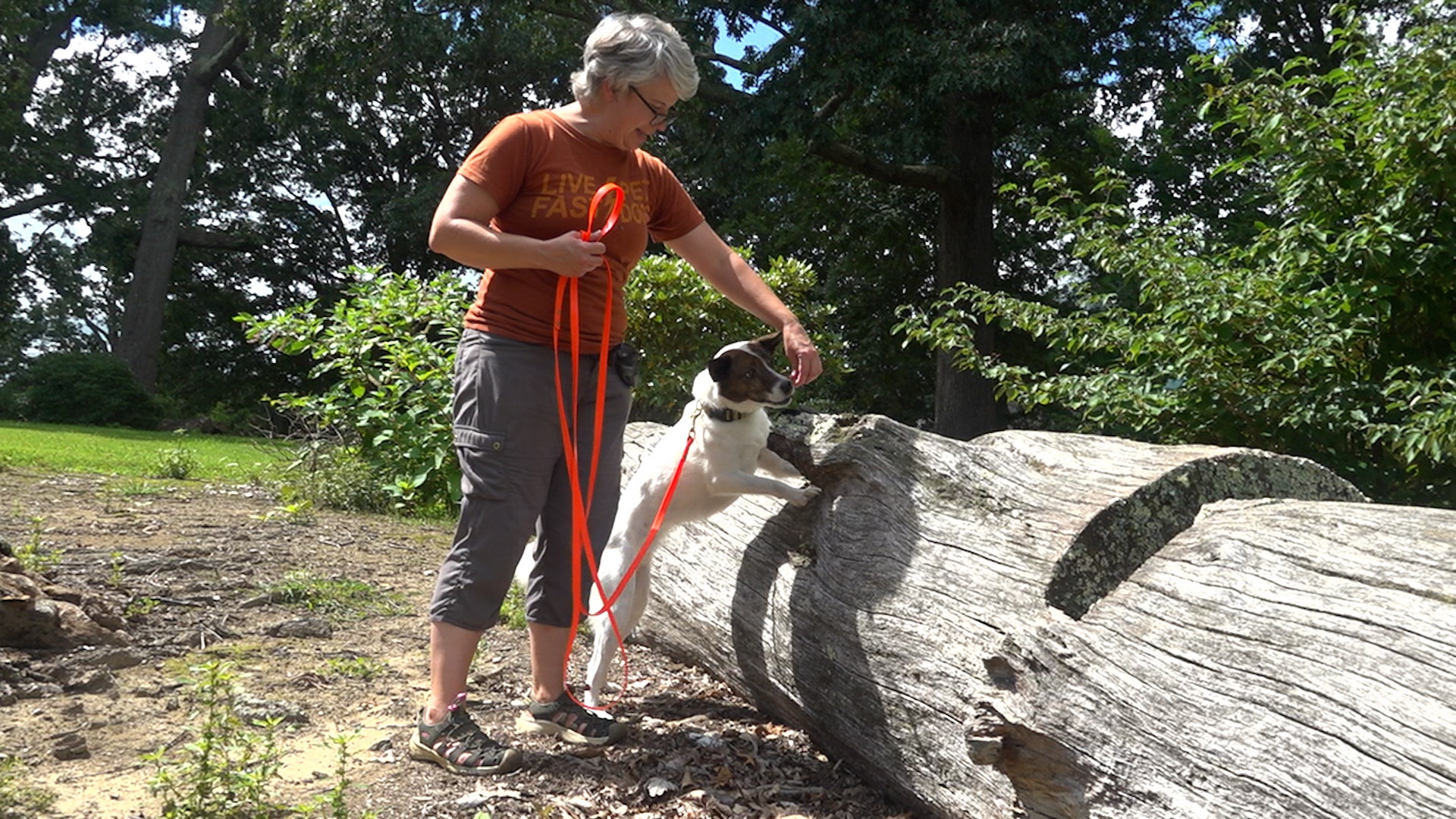**Canine Companions Join the Fight Against Spotted Lanternflies: Virginia Tech Study Shows Promising Results**
In the ongoing struggle to control invasive species, a new and unlikely hero has stepped forward: pet dogs. Researchers at Virginia Tech have recently found that dogs, with their extraordinary sense of smell, can be trained to detect the egg masses of the destructive spotted lanternfly—a development that could prove instrumental in limiting the spread of this pest across the United States.
### The Spotted Lanternfly: A Threat to Agriculture and Ecosystems
The spotted lanternfly, native to Asia, was first detected in the United States in Pennsylvania over a decade ago. Since its arrival, the insect has rapidly expanded its range, now infesting at least 19 states according to the U.S. Department of Agriculture. The pest poses a severe threat to agriculture, particularly in the Midwest and Northeast, where it feeds on more than 70 types of plants, including grapes, apples, hardwood trees, and hops.
The damage caused by the spotted lanternfly is twofold. First, the insects feed on sap from trees and plants, weakening them and making them more susceptible to disease and environmental stress. Second, they excrete a sticky, sugary substance known as “honeydew.” This honeydew fosters the growth of sooty mold, a fungus that can cover leaves and stems, further damaging crops and ornamental plants. The mold can also attract other insects, compounding the problem.
The destructive impact of the spotted lanternfly has led to aggressive management campaigns in many states. Residents are often encouraged to kill the insects on sight, with the familiar rallying cry: “See it, squash it!” However, experts warn that such measures are only a stopgap. The real solution, they say, lies in eradicating the pest’s egg masses before they hatch.
### The Challenge of Finding Egg Masses
Despite the focus on killing adult lanternflies, the key to controlling the population is to eliminate their eggs. Each female lanternfly can lay up to 50 eggs at a time, and the egg masses are typically laid on tree trunks, rocks, vehicles, outdoor furniture, and even building walls. These egg masses are small, covered in a brownish, mud-like coating that allows them to blend seamlessly into their surroundings.
Locating these camouflaged egg masses is difficult even for seasoned pest control professionals. Missed egg masses can hatch in the spring, releasing a new generation of lanternflies to continue the cycle of destruction. This is where the unique abilities of dogs come into play.
### Harnessing the Canine Nose
Dogs possess an extraordinary sense of smell—estimated to be thousands of times more sensitive than that of humans. While humans rely primarily on vision to perceive the world, dogs experience their environment through scent. This remarkable olfactory ability has already been harnessed in various fields, from narcotics and explosives detection to search-and-rescue missions and medical diagnostics.
Recognizing this potential, researchers at Virginia Tech set out to determine whether pet dogs could be trained to detect the scent of spotted lanternfly egg masses. The idea was to see if these animals, many of which already participate in recreational scent work, could be repurposed to tackle the lanternfly problem.
Katie Thomas, one of the study participants, describes how she and her nine-year-old pitbull mix, Finch, got involved. "Dogs have one dominant sense. It's their nose. We use our eyes. Dogs use their nose like their eyes," Thomas explained. She and Finch had spent years doing scent work for fun, but the opportunity to use these skills for a real-world problem was especially rewarding. "To be able to do things that we already do, that we are having a lot of fun with… Train our dogs to sniff stuff, being able to apply that to something like a real problem that affects our community is really fulfilling," she said.
### The Study: Testing Dogs’ Detection Abilities
The Virginia Tech study recruited 182 volunteer teams from across the country, pairing dog owners with their canine companions. The teams underwent a series of indoor and outdoor tests designed to evaluate the dogs’ ability to detect the scent of spotted lanternfly egg masses.
During the indoor trials, the dogs were presented with a variety of objects, some of which contained the target scent. The results were impressive: dogs correctly identified the lanternfly scent more than 80% of the time. In outdoor settings, where there were more

